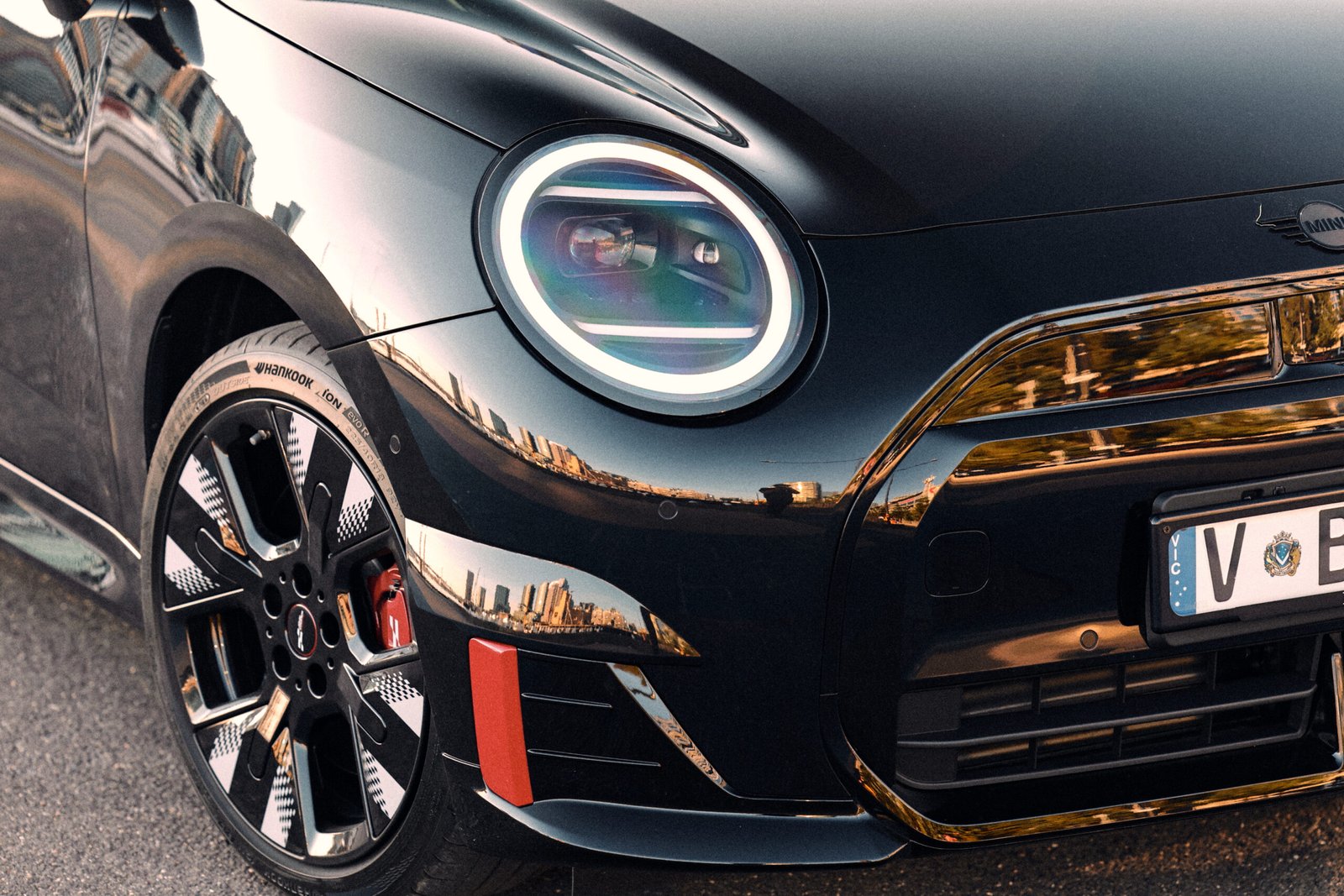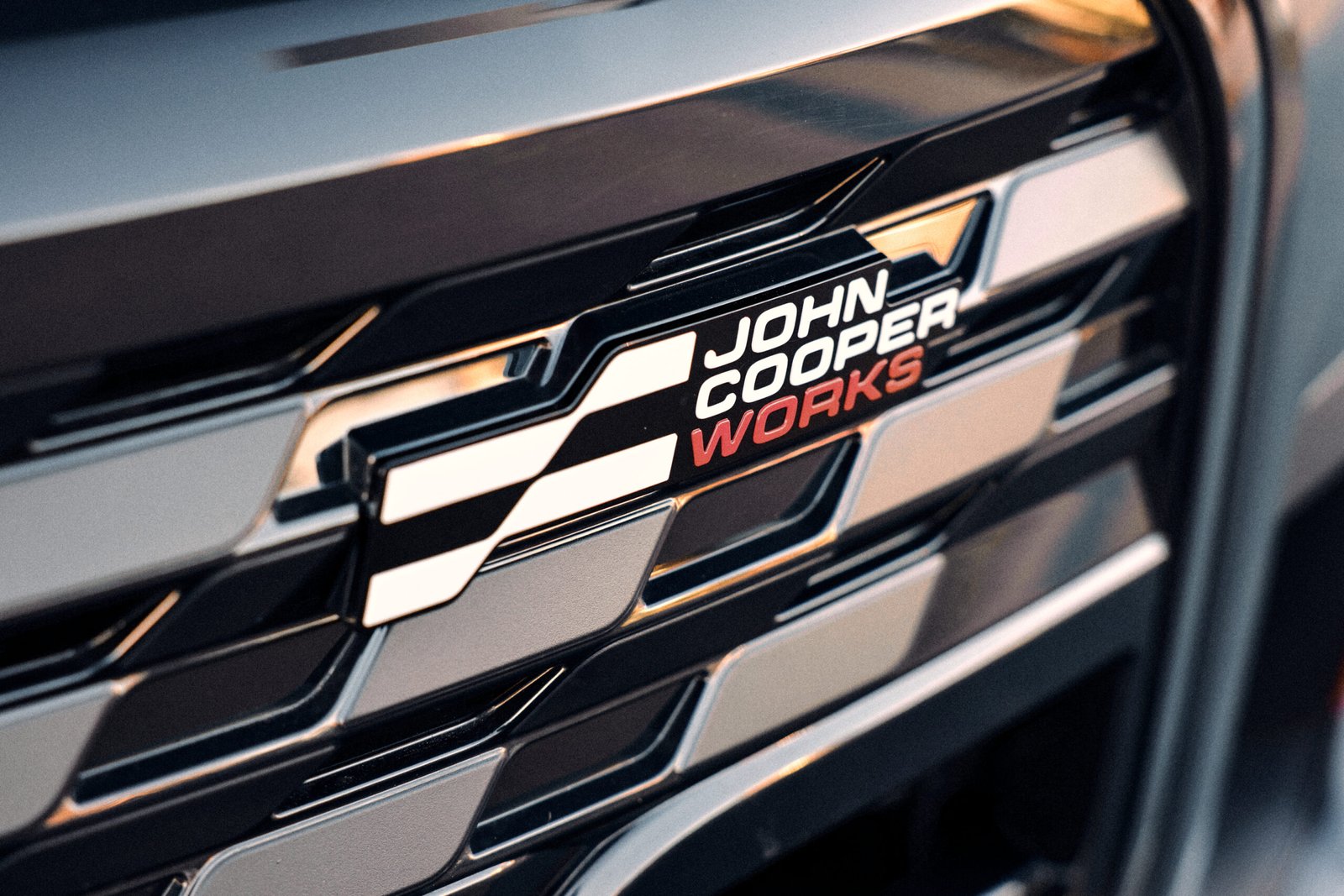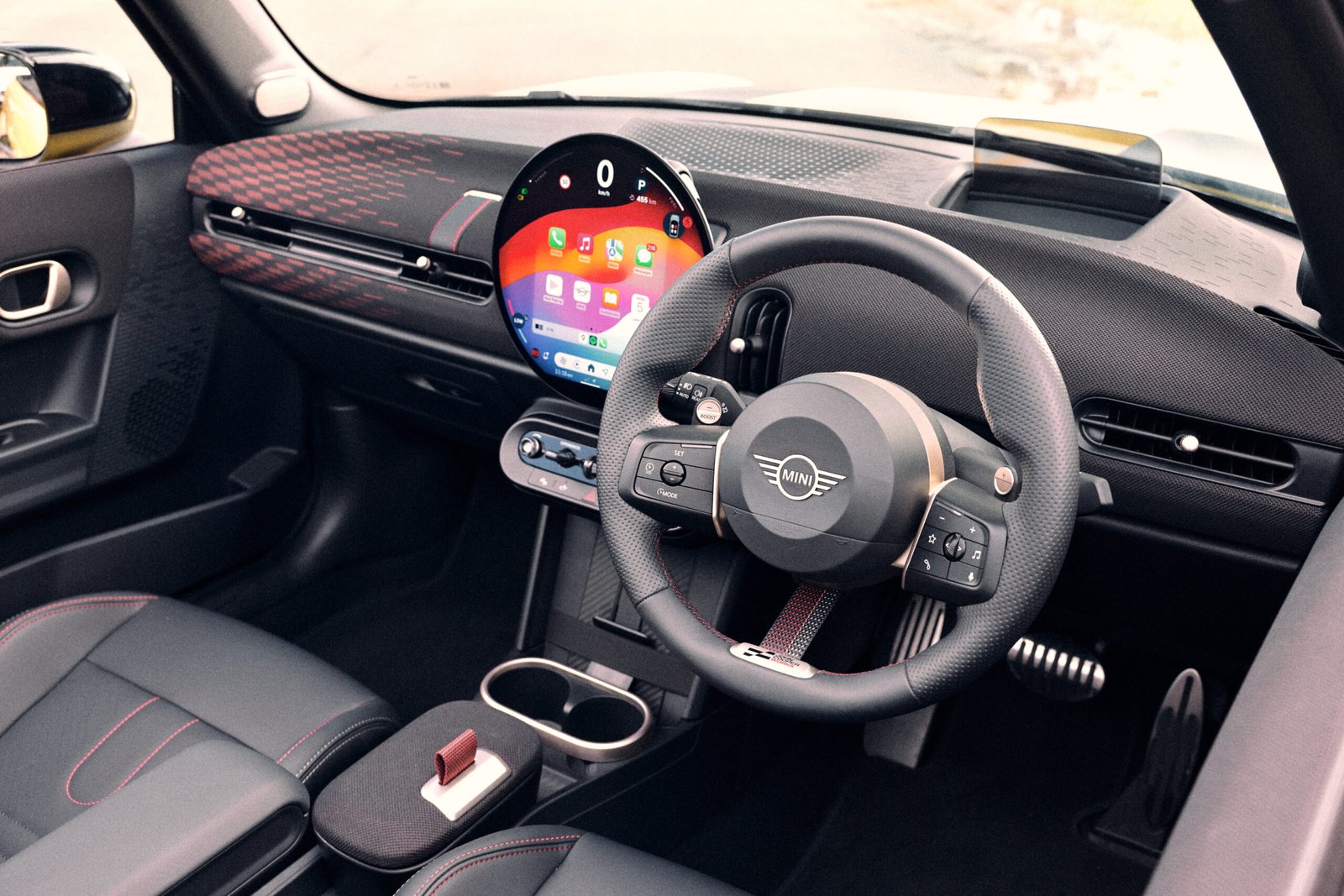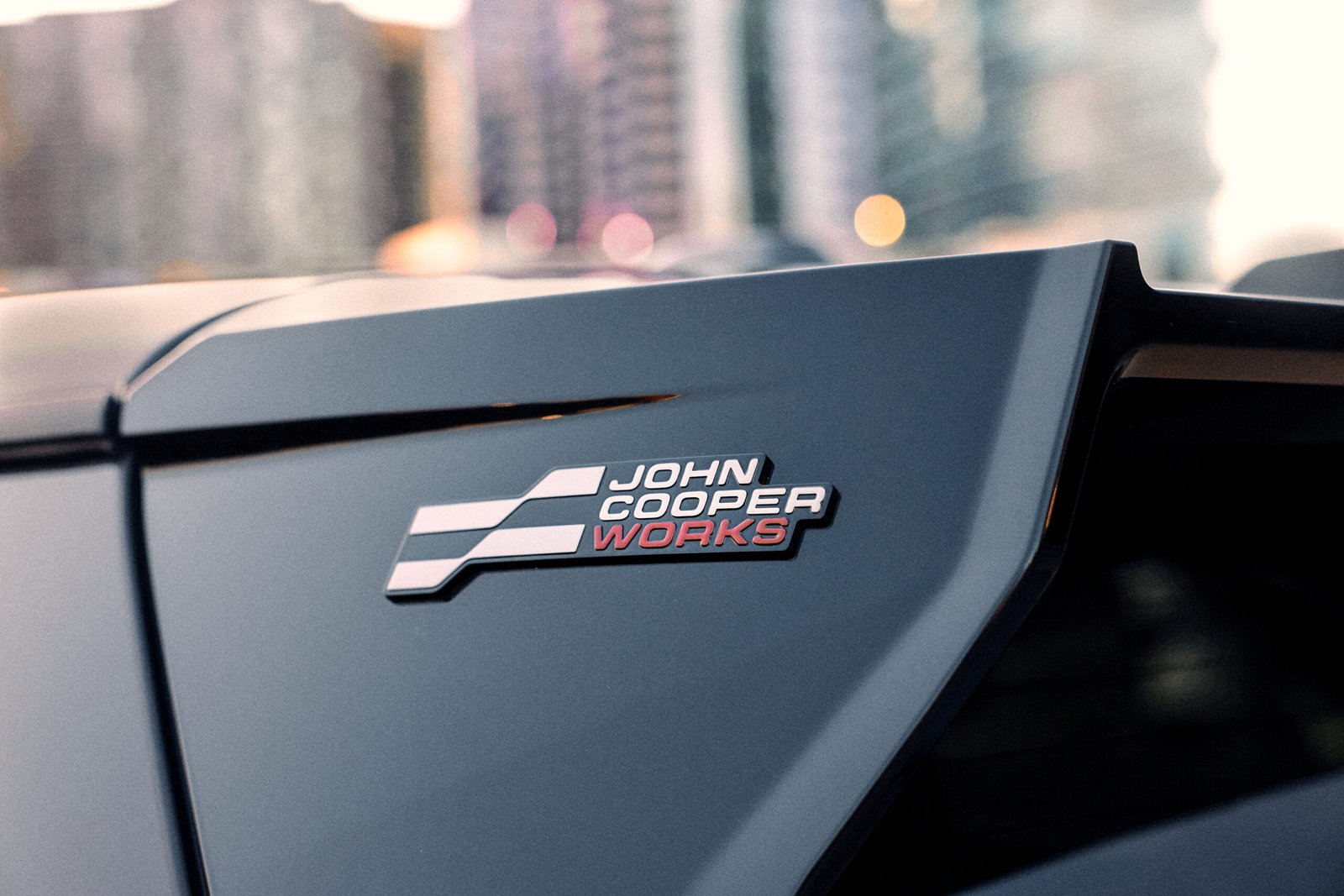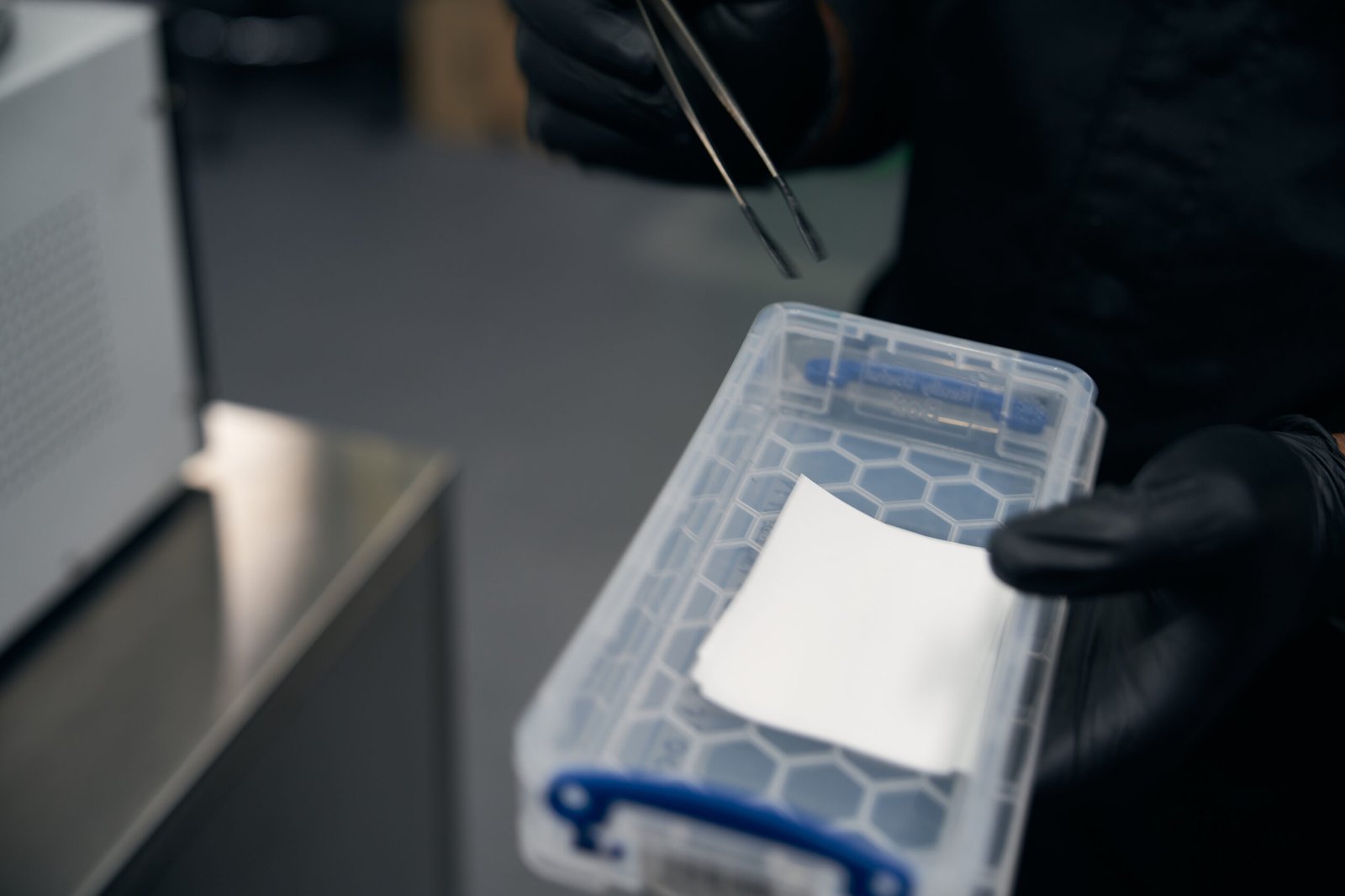We’re testing MINI’s new John Cooper Works (JCW) range at the RACQ Mobility Circuit in Queensland, using the facility’s skid-pan and road loop to evaluate the 2025 lineup – at the limit and beyond.
MINI’s latest JCW range is as comprehensive as its ever been, since the performance-focused sub-brand was established in 2002 by Michael Cooper – son of racing legend and founder of Cooper Car Company John Cooper.
Updated for 2025, the JCW range is more refined and has expanded too – both in physical size and in the array of models.
The lineup now features the three-door Cooper hatch, five-door Countryman SUV and all-electric Aceman crossover, with Mini seemingly covering all bases for buyers wanting a JCW-fettled model.
All are fiercely fun, but the three-door ‘Cooper’ is what we’re here to taste. The SUVs act as somewhat of an entree, easing us into the MINI experience before jumping into the brand’s truest, and longest standing model.
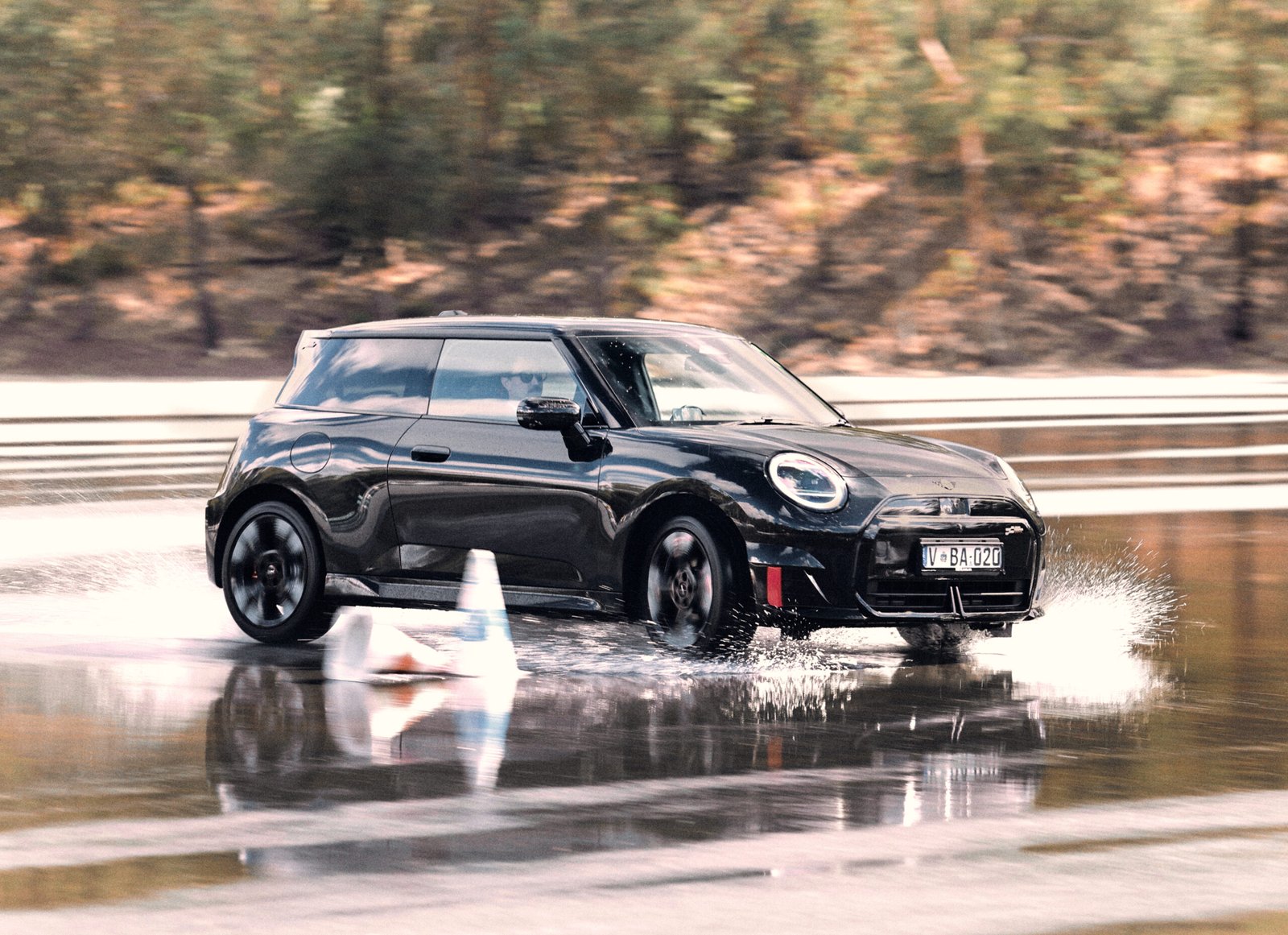
On the skid pan, the new electric JCW Cooper is rapid as it sends all 190kW/350Nm to the front wheels. If the surface wasn’t wet, MINI claims it’d get to 100km/h in 5.9 seconds. Not whiplash-inducing, but balanced in its power-to-weight ratio and dynamic ability. It’s just right.
Out on the open road, the electric JCW is capable of travelling around 371km before requiring a top-up, powered by a 54.2kWh battery that can be fast-charged from 10 to 80 percent in around half an hour.
The electric model will, I was glad to discover, rotate nicely as you lift off the accelerator. This is a characteristic shunted by the regenerative braking of many (or most) EVs, but in its hottest drive mode the JCW E is willing to dance.
While steering feels virtually identical, its inherent heft becomes apparent as the front axle pushes through tight corners, asking more from the front tyres than they’re able to offer. Dynamically, too, the added weight is felt – all 1650kg (up 320kg on the petrol model’s dainty 1330kg curb weight).

